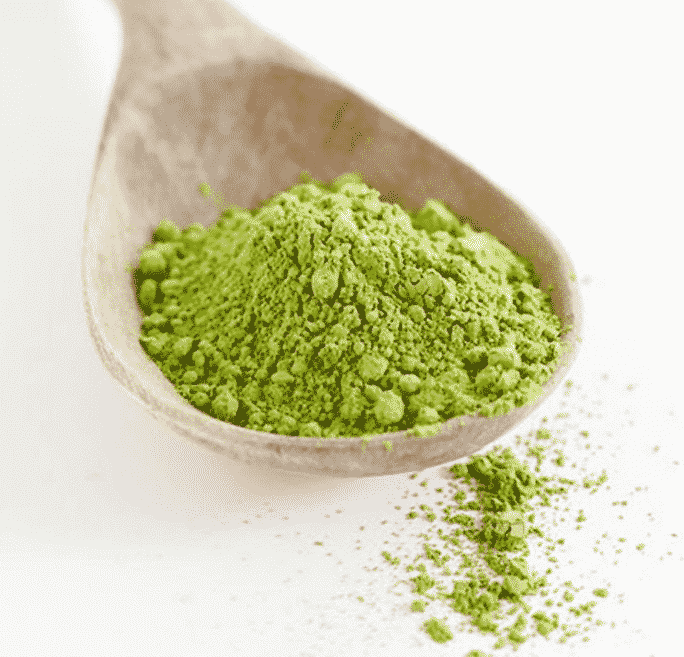What is Matcha Extract and Matcha T E, Hello everyone, when some friends come to me to buy matcha extract, it is actually applied to the food industry. This matcha is actually used a lot in our life.

What is Matcha Extract and Matcha T E
There are also some related introduction articles on the Internet. Let’s take a look.
What are the application scenarios of matcha? And what benefits it has for our bodies. Buddhist monks know little about muscle training, but they know how to enjoy a long, carefree life.
One of the secrets to their longevity is drinking matcha. If you don’t drink matcha, you are definitely out of date. Try our matcha drinking program: a cancer-fighting drink that relives stress, lowers cholesterol, boosts immunity, and boosts metabolism.
The Chinese have been drinking green tea for more than a thousand years. When green tea was introduced to Japan, it became a part of local life. The Japanese call green tea matcha. High Buddhist monks drink matcha to stay awake and calm during long meditations.
Tea leaves in Japan are grown in the shade, picked by hand, made by hand, and eventually turned into a chlorophyll-rich powder. The history and cultivation of green tea is interesting, but it’s the antioxidants it contains that are more appealing to health enthusiasts.
One cup of matcha has 10 times the antioxidant content of different teas.
Spider-Man’s strength in a tight suit is ten times that of a normal person.
Used to drink tea The effect is so powerful because the whole leaf dissolves in water, rather than being brewed through a bag. That way, all the antioxidants are absorbed by you, which is much more effective than just drinking the tea and throwing it away.
We also have some numerical evidence. The antioxidant content of matcha is 6.2 times that of goji berries, seven times that of dark chocolate, 17 times that of wild blueberries, and 60.2 times that of spinach! Couldn’t be more awesome!

Beyond that, there’s a long list of magical effects of matcha.
1. Prevention of cancer Green tea contains high levels of powerful antioxidants called catechins, which are effective in mopping up free radicals in the body.
The most powerful catechin found in green tea is EGCG. It is recognized as a potent anticancer substance. A 2003 study at the University of Kalinado showed that a cup of matcha contains 137 times the amount of EGCG found in regular green tea. It may take a while to get used to the taste of matcha, but then enjoy it!
2. Anti-aging In Okinawa, Japan, where the world’s oldest people live, part of the secret lies in their daily matcha drinking habit.
Matcha is one of the most popular drinks in Japan, but it is gaining popularity around the world due to its anti-inflammatory, antioxidant, and anti-aging properties.
Reduce “bad” cholesterol A 2011 study published in the prestigious American Journal of Nutrition found that people who were instructed by doctors to drink matcha or green tea extract had lower blood total cholesterol levels.
4. Thin body A study published in the same journal in 1999 showed that green tea extract contains substances called catechins that cause the body to heat up and increase fat burning.
This overturns previous studies, which suggested that the caffeine is responsible for the fat-burning benefits of green tea. Studies have shown that drinking green tea increases the rate at which the body burns fat, from 8-10% a day to 35-43%.
Another study found that drinking matcha before exercise can burn 25 percent more fat during exercise. Both studies suggest that matcha can both boost the body’s resting metabolic rate and speed up fat burning. Great.
5. Get rid of toxins Matcha tea trees tend to grow in backlit areas, so it contains more chlorophyll than other green tea varieties. Chlorophyll is the main cause of leaves turning green.
Should the Hulk be proud of this? The idea that chlorophyll can detoxify the human body has been basically confirmed, but some scientific conclusions are still needed. Chlorophyll is said to have the multiple functions of removing toxins, heavy metals, oxides and secretions from the body.
6. Ease the mood. Matcha has seven times the L-theanine content of regular green tea. L-theanine is a mood-boosting amino acid that boosts the activity of alpha waves in the brain.
Stress damps the activity of the brain’s beta waves, which can make people feel anxious. Alpha waves reduce stress, thus making people feel relaxed and acting as a blood pressure lowering agent.
Although matcha contains caffeine, L-theanine can help reduce caffeine – induced jittery. Thus, drinking a cup of matcha can help you focus and clear your mind without causing the over-arousal that coffee does.
7. High in fiber Matcha contains a lot of digestible dietary fiber. This fiber reduces constipation symptoms and lowers blood sugar levels.
8. Rejuvenate Try a cup of matcha when you need an afternoon pick-me-up. Matcha is the ideal alternative to coffee as it makes you feel refreshed without giving you a headache.
Tips for drinking matcha Matcha is sold as a concentrated powder and you can find them in health food stores. I personally recommend organic matcha, which is healthier because it is produced without the use of chemical fertilizers, pesticides and herbicides.
Don’t use boiling water to brew matcha directly. The matcha will taste like “drinking grass”. Once the water is boiling, let it sit for five minutes before adding the matcha powder.
